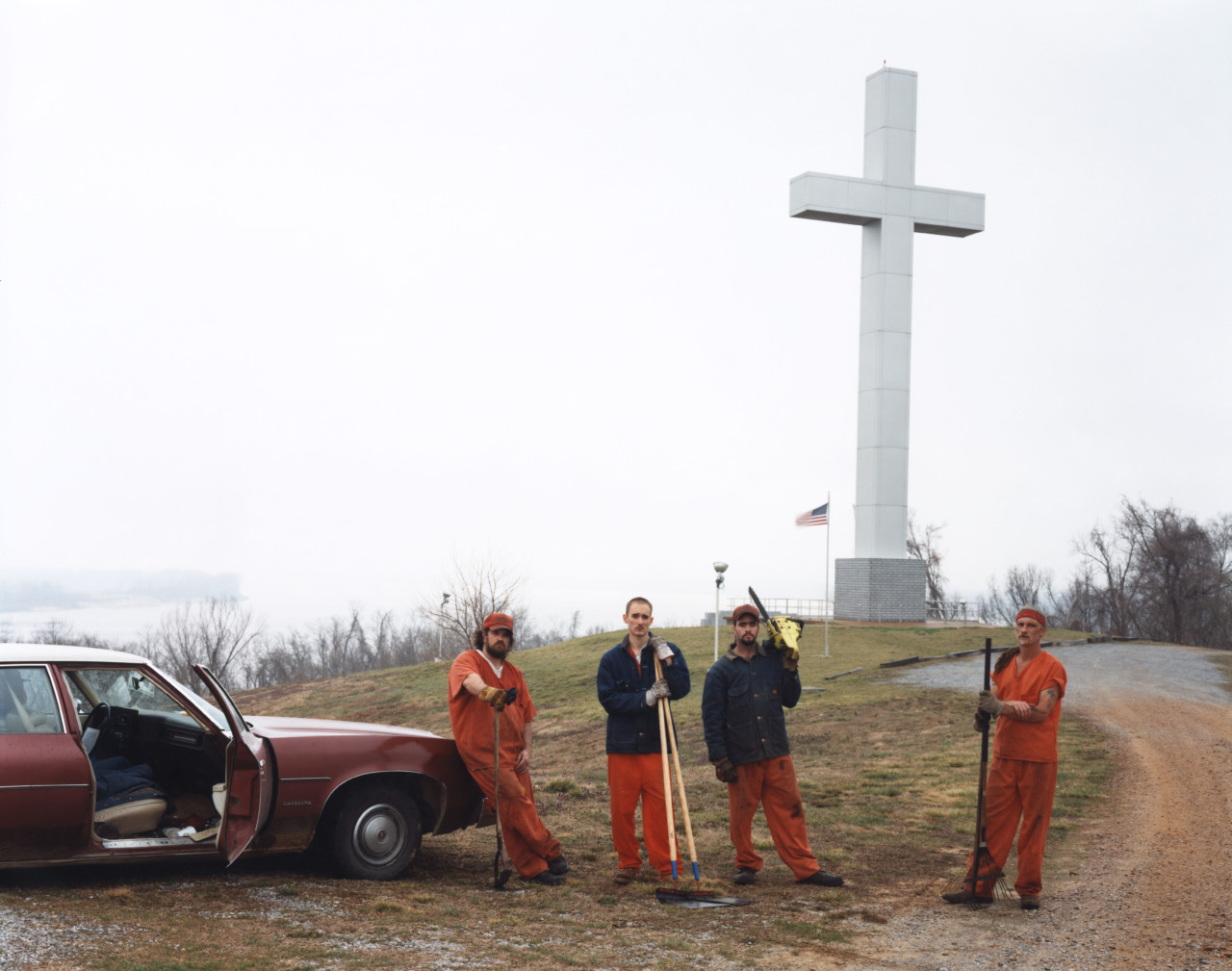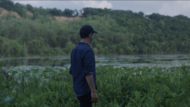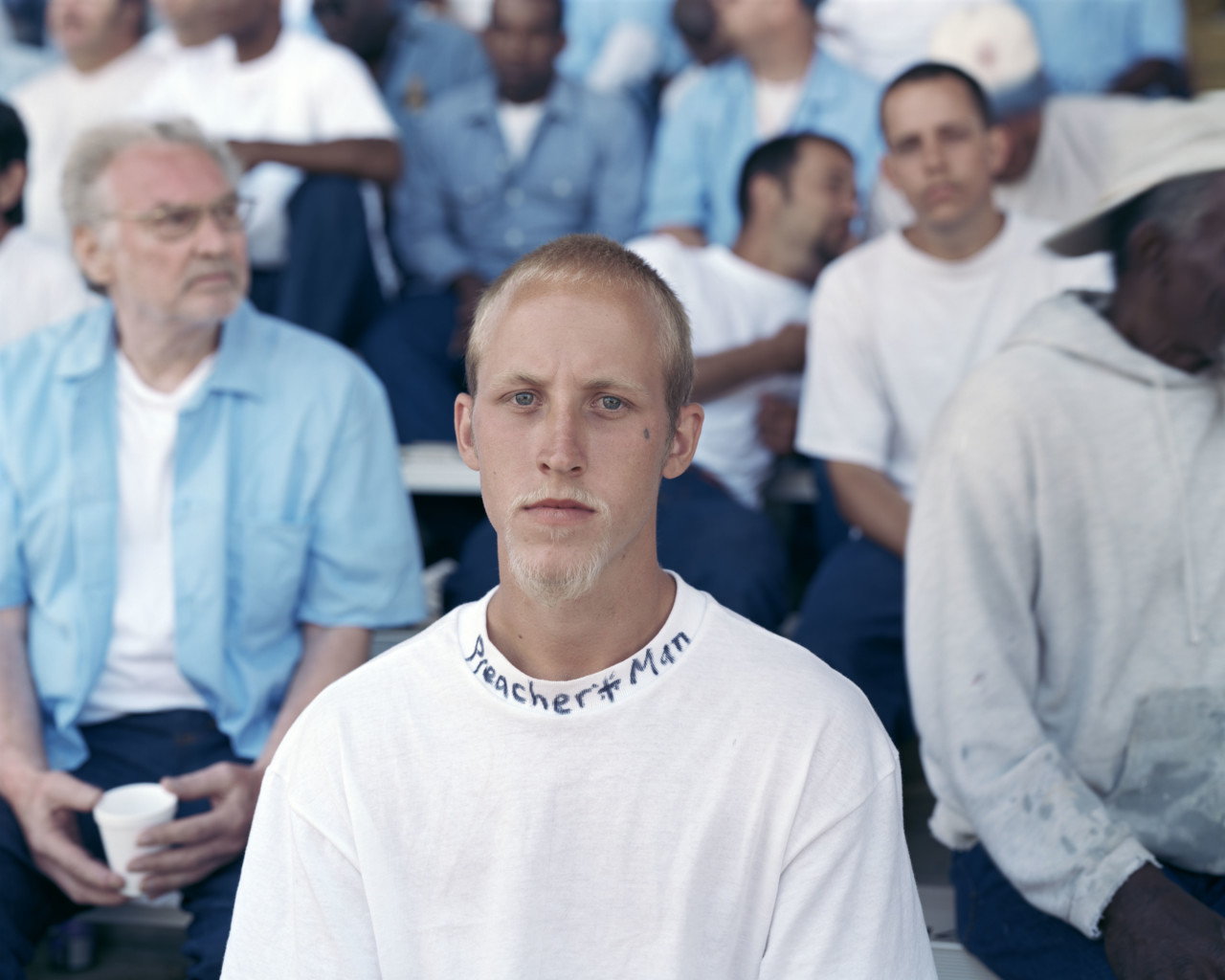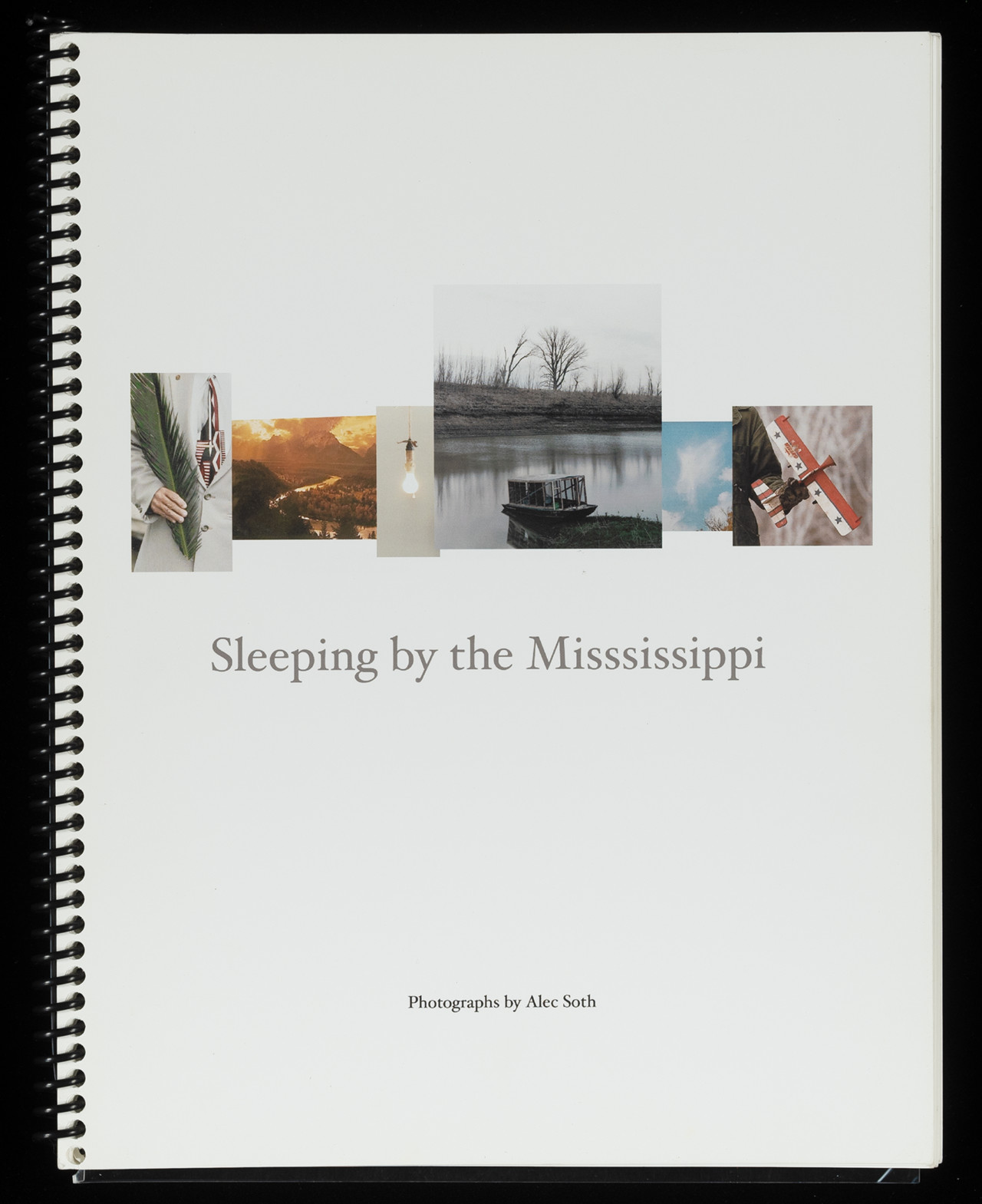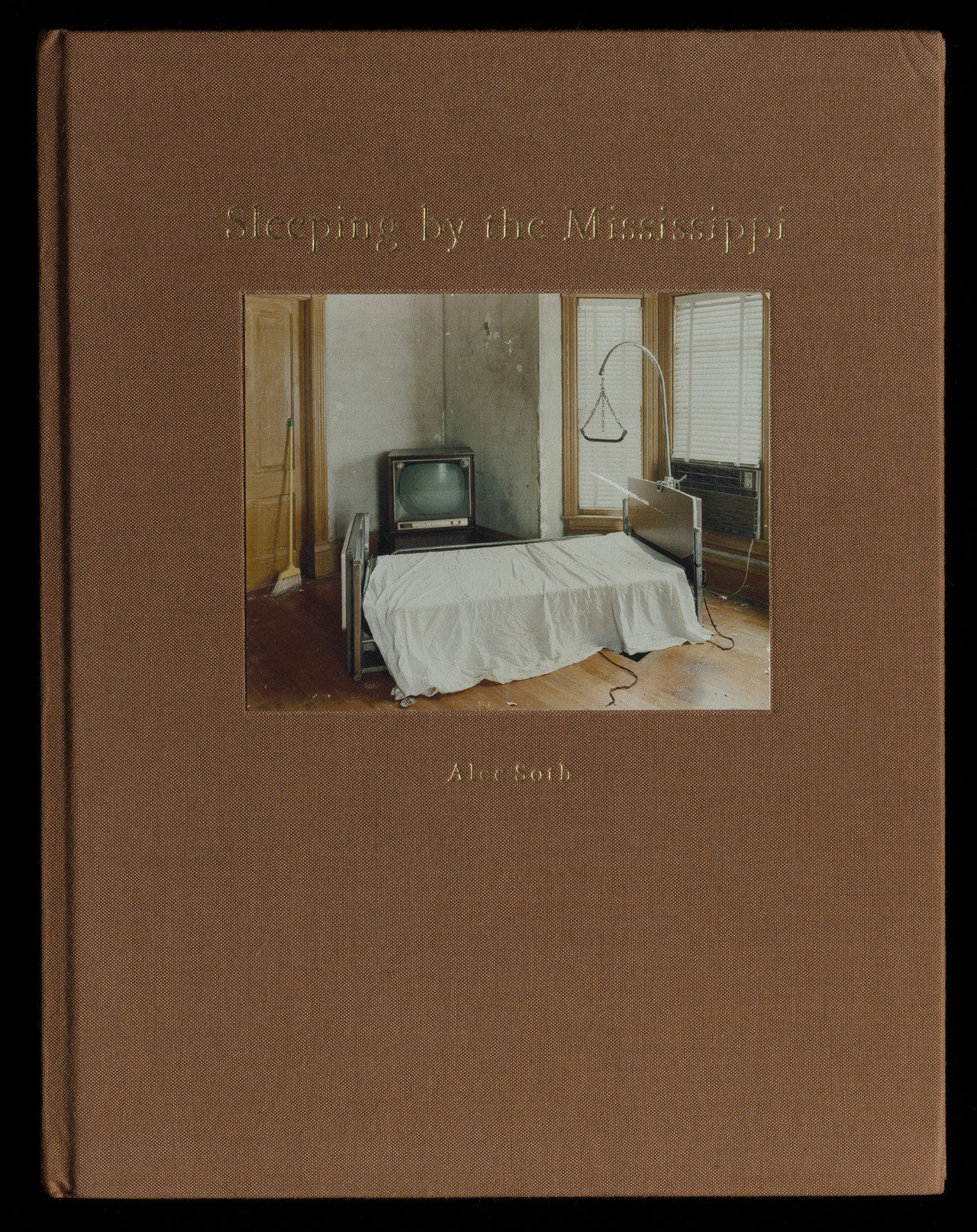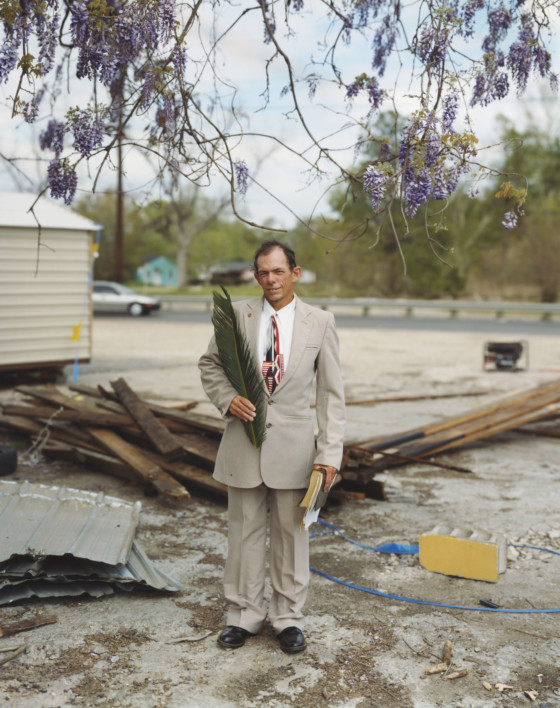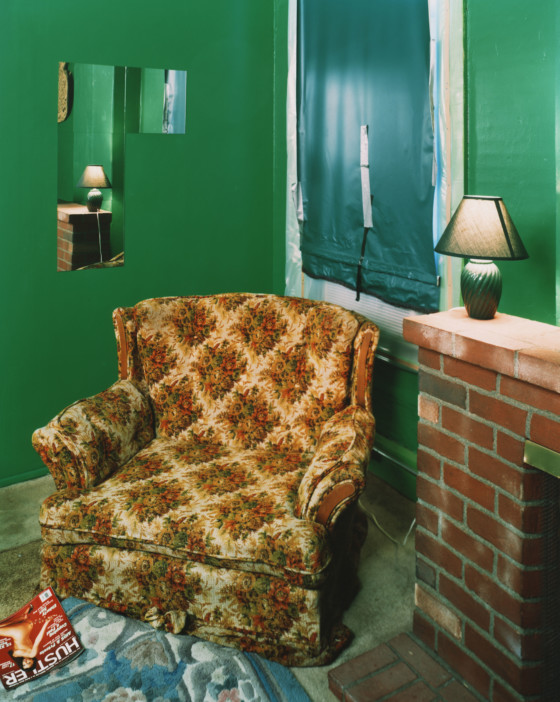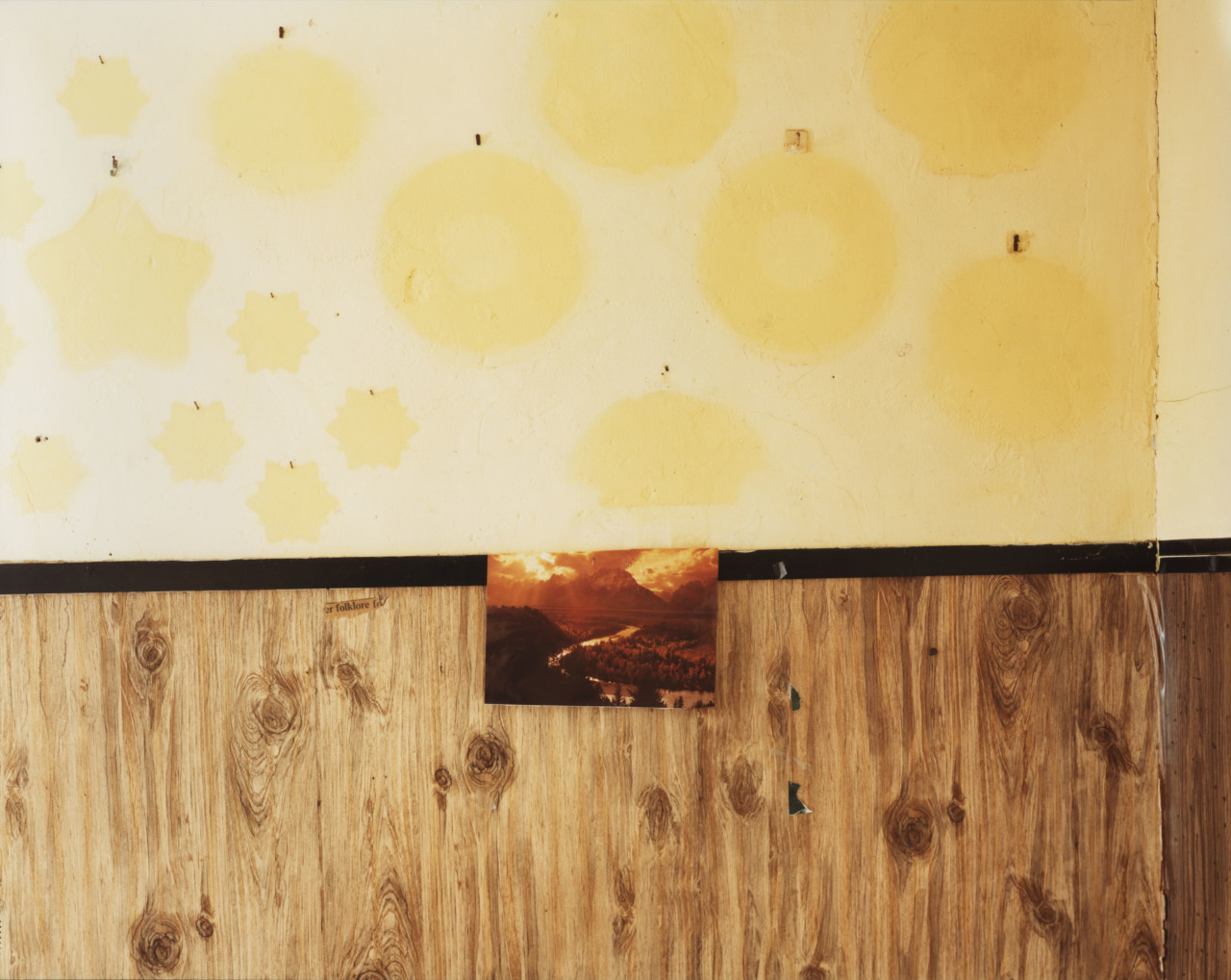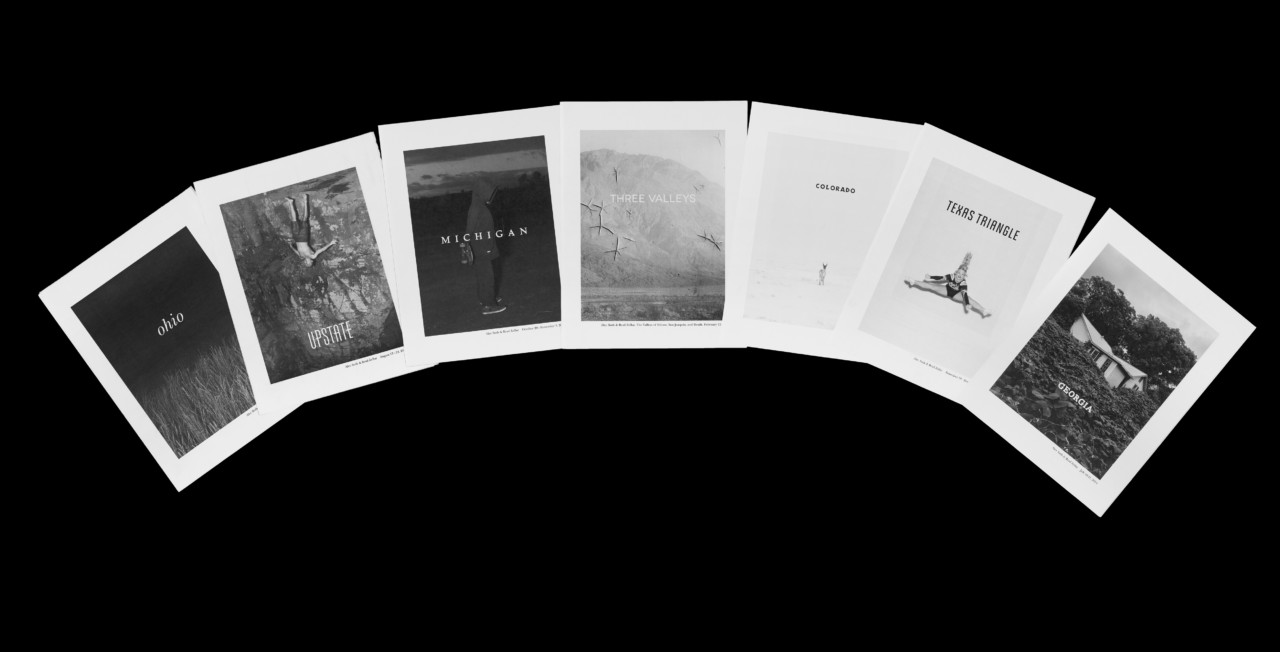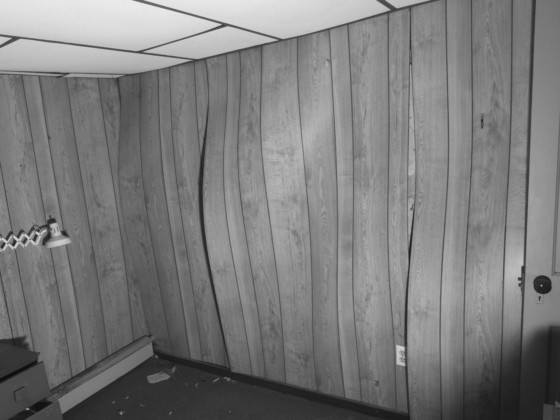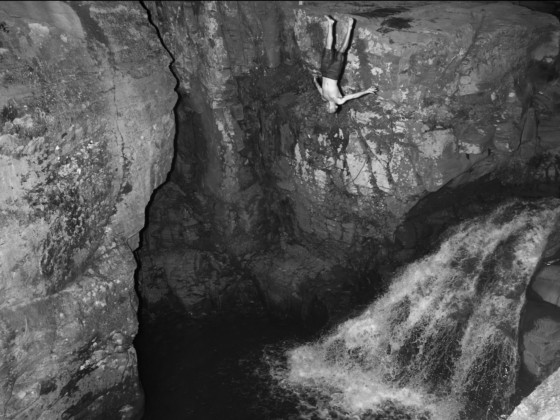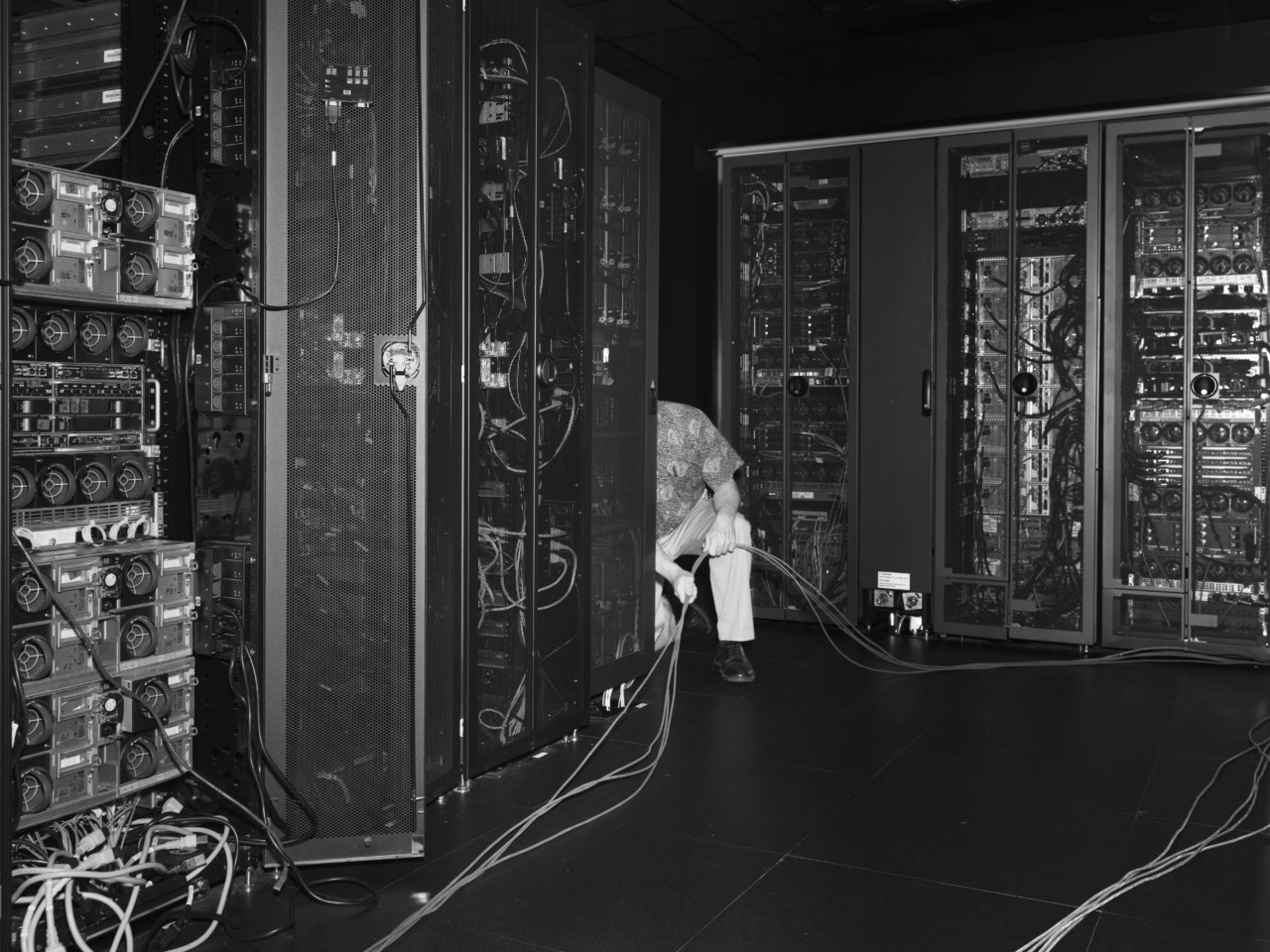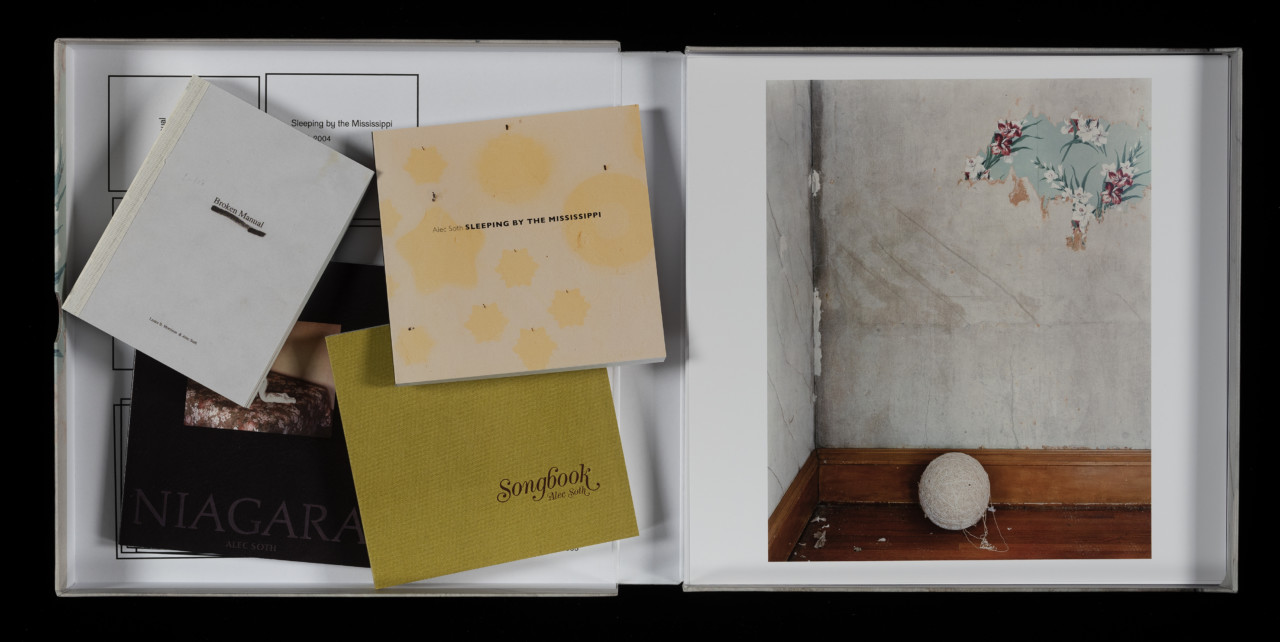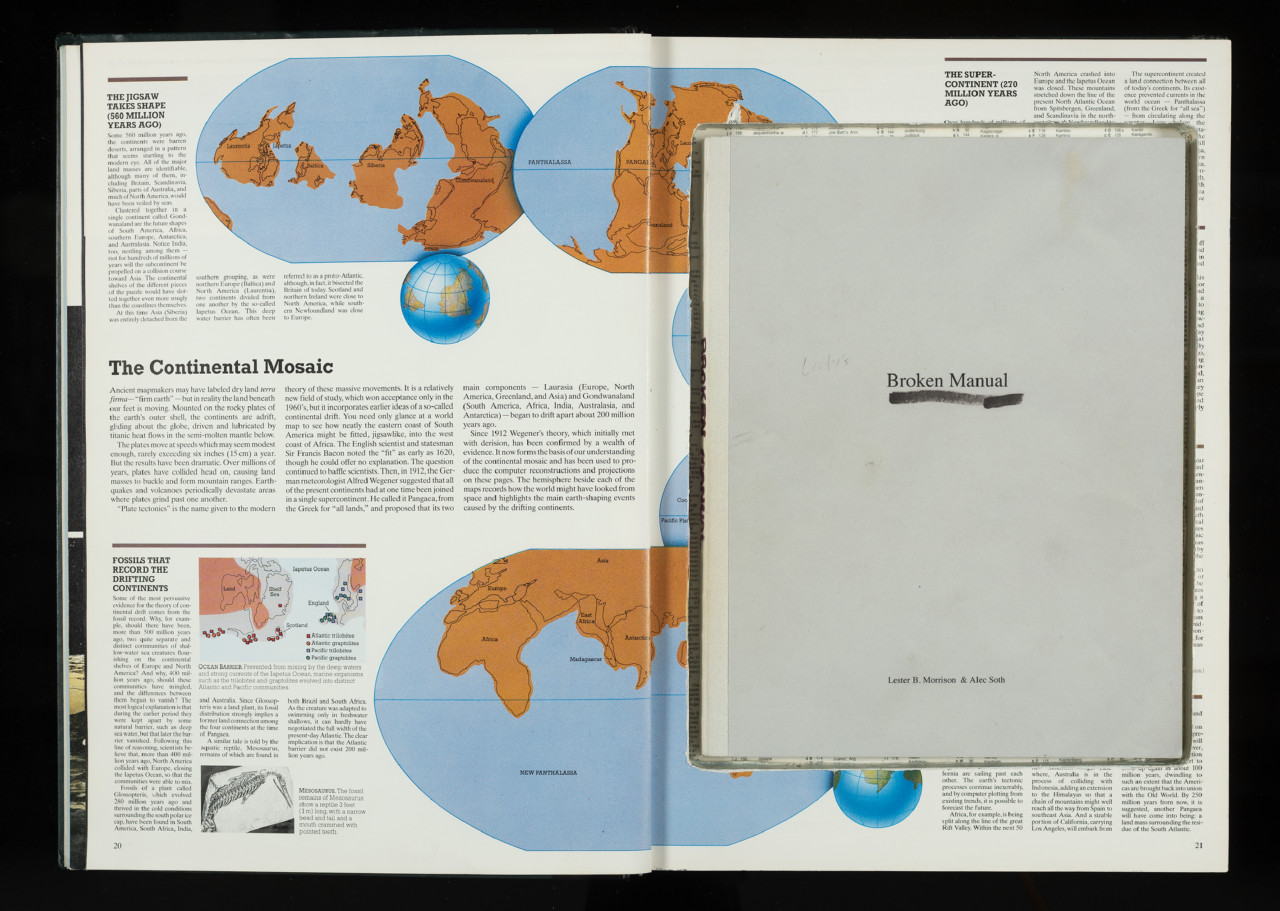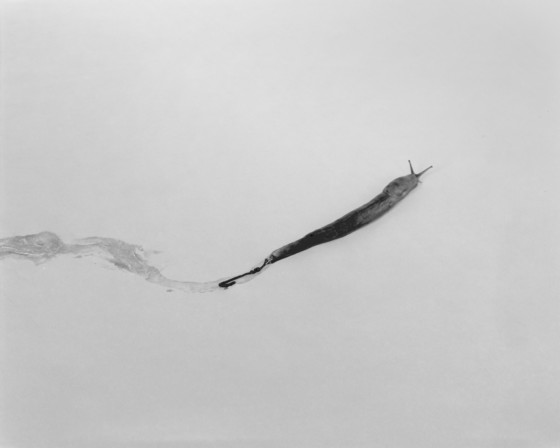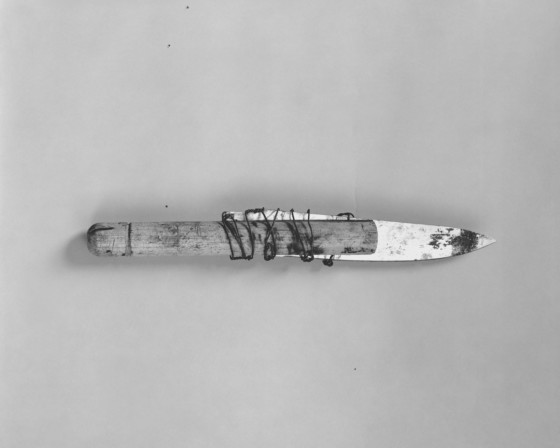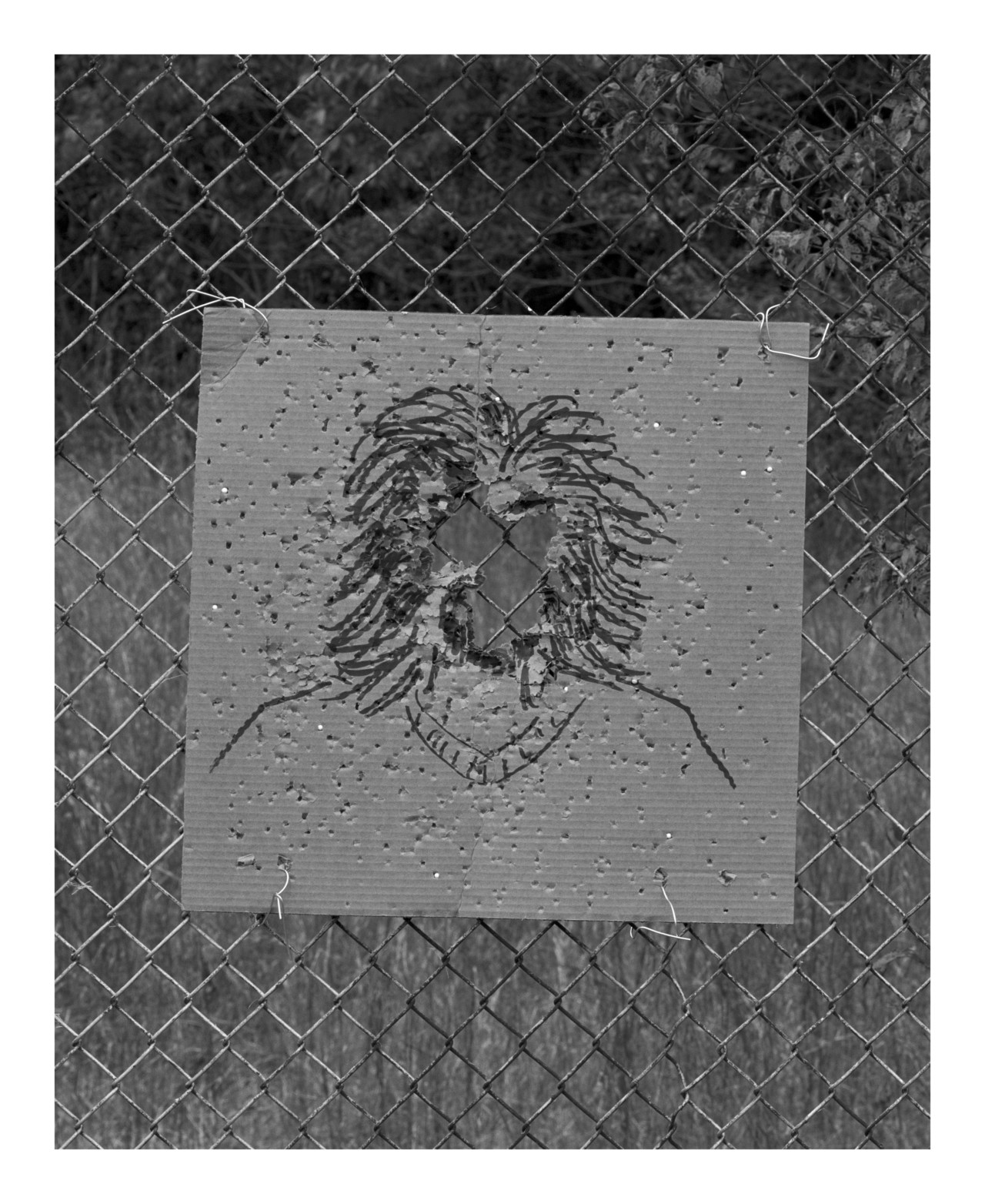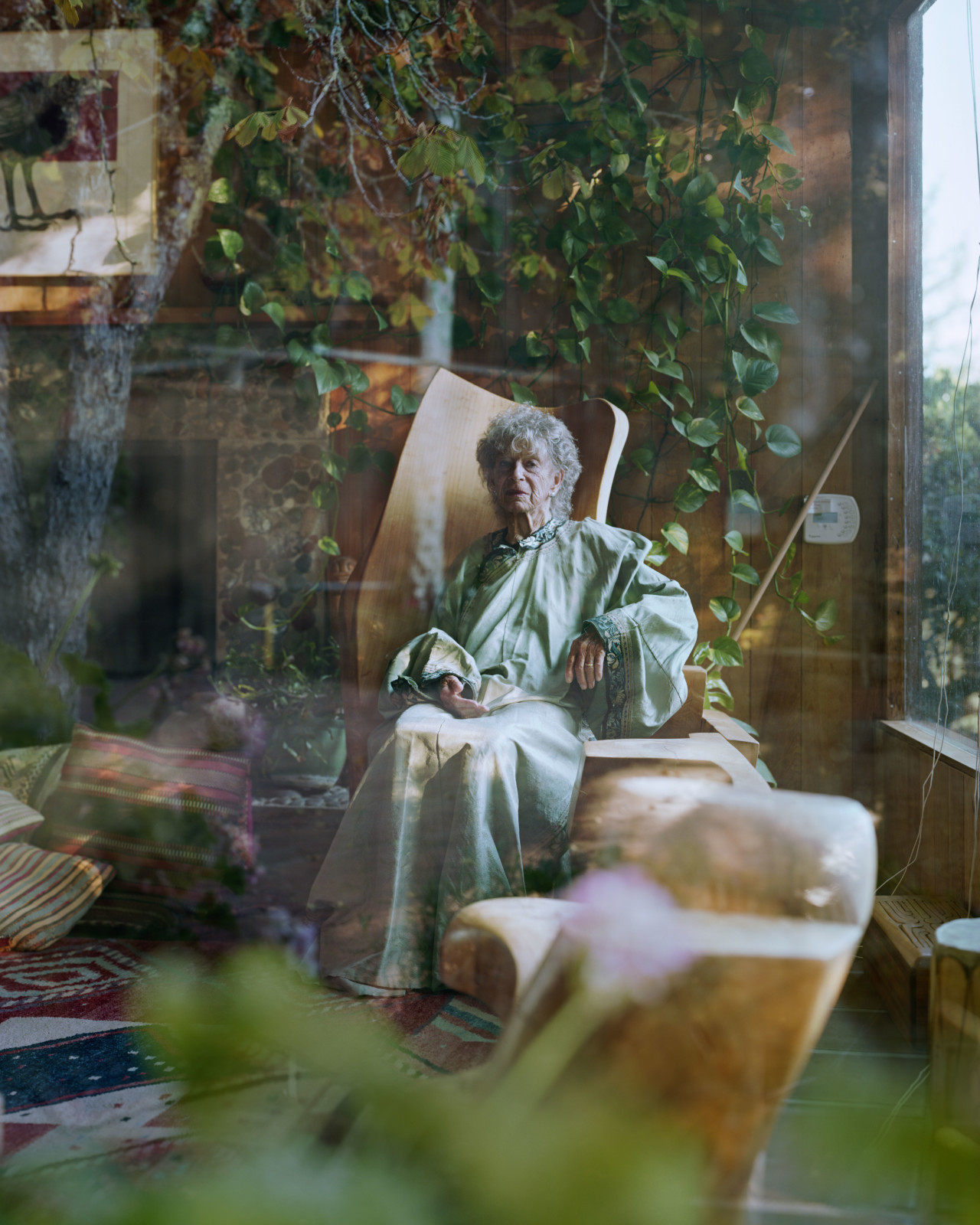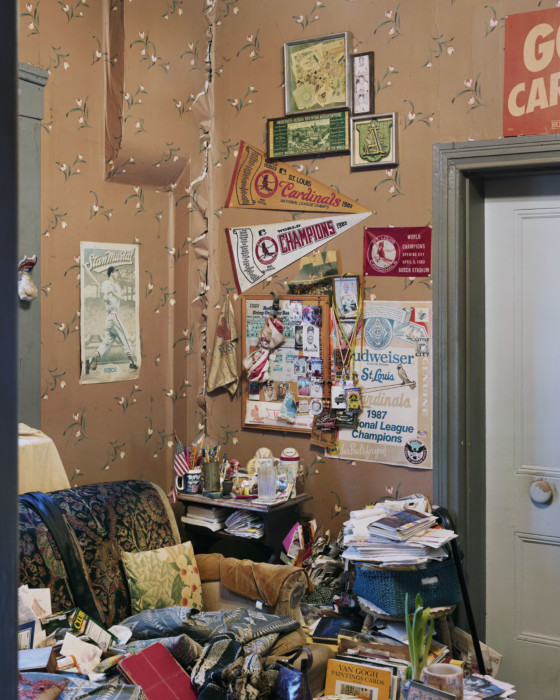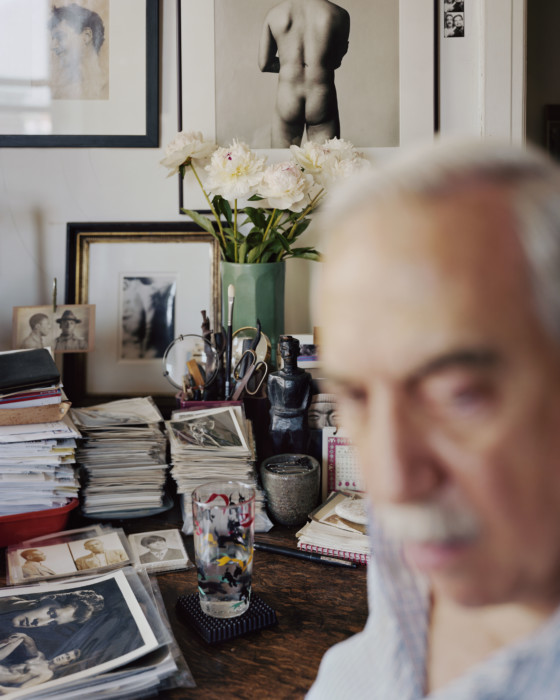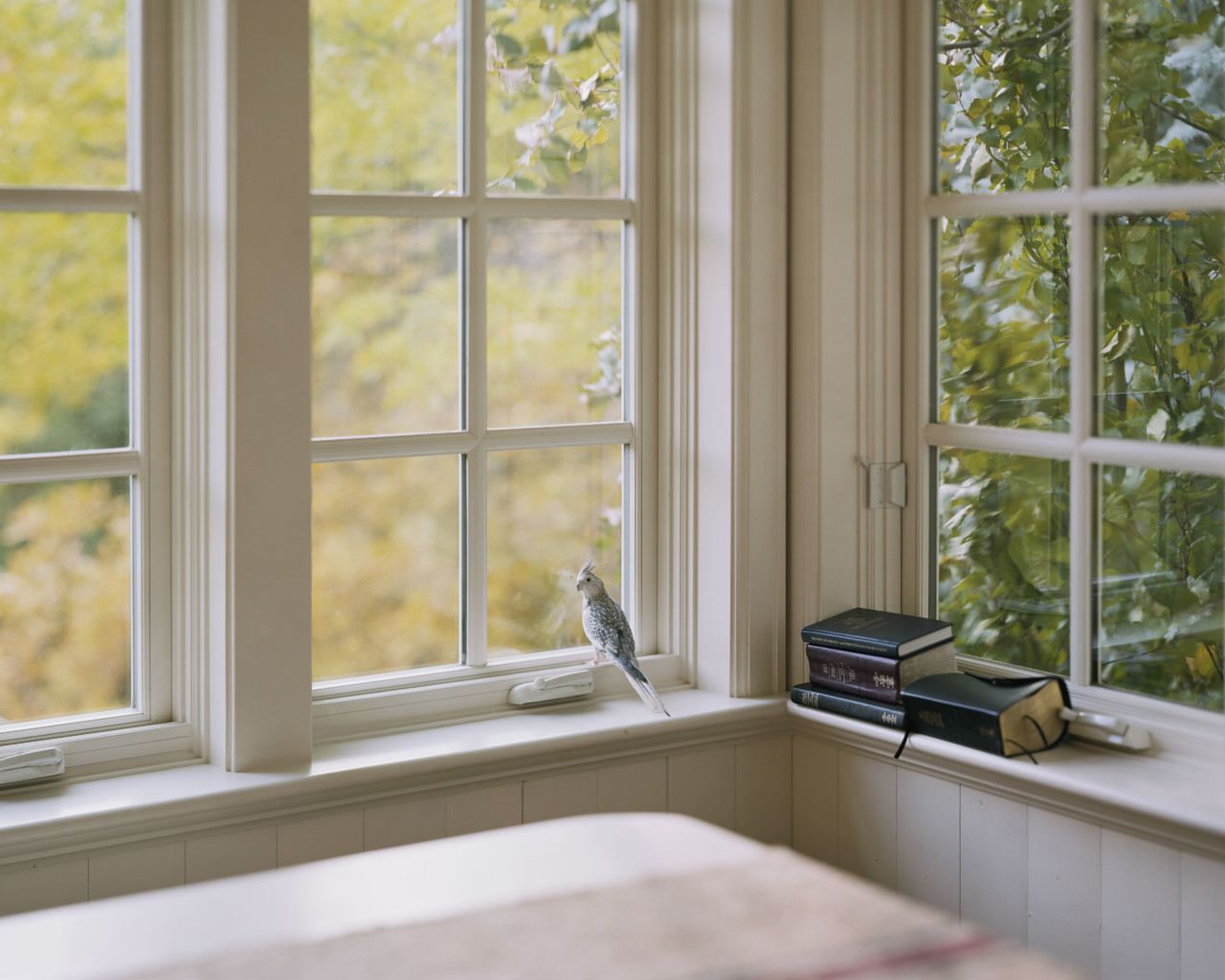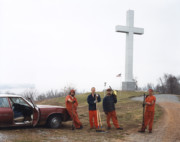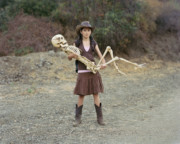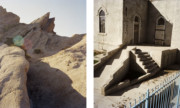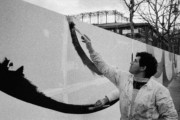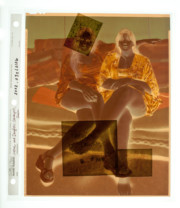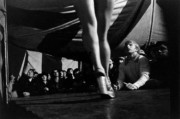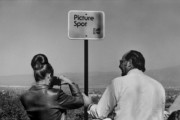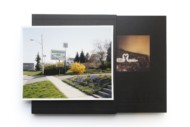Access to Ideas: Alec Soth in conversation with Michael Mack
Photographer and publisher discuss their collaborations, and the rewards of bookmaking as part of photographic practice
Michael Mack began working with German publisher Steidl in 1994 and was the publishing house’s managing director for 15 years, overseeing the publication of more than 300 books, including titles under his own imprint SteidlMACK. In 2010, he established his own publishing house, MACK and has since published many award winning books by acclaimed and emerging artists alike. Magnum photographer Alec Soth has worked on numerous projects with the publisher since the release of Songbook in 2015. In 2019 MACK published Soth’s latest book, I Know How Furiously Your Heart is Beating.
Here, in a conversation moderated by Diane Smyth, Mack and Soth reflect on their collaborations to date, the challenges of making accessible photography books, and the rewards and complexities of self-publishing.
This article was originally published in Issue 30 of IMA Magazine, which can be ordered here.
You can purchase a number of Soth’s books, prints, and posters on the Magnum Shop, here.
Magnum Learn’s second on-demand online course – Alec Soth: Photographic Storytelling – offers further unique insight into Soth’s best-known photobooks, as well as his practice and processes, through more than five hours of exclusive video content. Watch in-depth interviews, on-location shoots, and practical demonstrations: to learn more about the course, visit the link here. You can watch the course trailer at the bottom of this article.
How did you two first meet?
Alec Soth [Soth]: We met at Steidl, but actually I don’t remember meeting for the first time. Michael was working there and artists were coming through all the time, I was just another artist coming through the door. I was always jealous of the artists that got to work with Michael, but sadly I was not with SteidlMACK.
Michael Mack [Mack]: I don’t remember meeting for the first time either, but I do remember – very clearly – seeing the maquette of Sleeping by the Mississippi. It was the first time I had seen Alec’s work, and it was a very particular experience because it was so extraordinary. It was first of all incredibly well seen, but also the sequence of images, and the range of images, was very unusual for a book back then [in 2003]. It was very clear to me that it was really, really important and going to change things.
Soth: It’s funny because, looking back, it’s so naïve. It was 8.5×11 (standard office paper size) because that’s what fitted in the printer where I worked. I didn’t realise all the ways that people had made books for 100 years, I was more ‘So now there’s inkjet printing, 8.5×11 paper, ok I’ll make it like this’.
I was clueless, but I did have this awareness. I’d been trying to do this and that for about 10 years, but with Sleeping with the Mississippi I finally felt like, ‘OK this is a thing I can really try to get out there.’ I wanted Steidl, so I got Joel Sternfeld, who had been my teacher, to introduce it. That’s not the kind of thing that I did lightly at all. I waited to play those cards until I had something that felt like my voice.
Mack: Would you change anything though? Because we’ve had the possibility, having republished it. I think the purity of it, the simplicity of it, those are parts of its strength.
Soth: I do like simple design, and with Mississippi I got lucky with the first edition – we made some decisions at the very last minute that made it work. But with reprinting, mostly I felt strongly that we shouldn’t spoil the original. I’ve seen so many books reprinted and they’re great and it’s better printing and everything’s bigger, but I miss the original. So, we decided to redo them as they are.
Why were you keen to republish Sleeping by the Mississippi, Michael?
Mack: I have a little bit of a problem with the photobook realm being predicated on simple collectability and the lack of supply. A book like Sleeping by the Mississippi? A book like Niagara? They should be available, and not just at $500, $5000, or whatever, because they are important books.
The [photobook publishing] models are not normally based around the idea of ongoing print runs, as they are in traditional book publishing. But I felt that with the right distribution and marketing – and especially with an author like Alec and the level of these projects – it should be possible to do big print runs and keep the books in print. I want to have the books available long-term.
Soth: The best part is the availability. Recently I was in Shanghai doing a signing, and there were like fifty 22-year-olds holding a copy of Sleeping by the Mississippi. I thought ‘Wow, that’s super cool’. The first edition was really not a very large run at all, so selling it out wasn’t that big a deal, but there’s a mystique to the sold-out book, and that became part of the success of Sleeping by the Mississippi. I learned to value that mystique, and when I went to work with Michael I still held onto it. He had to push me a little bit to get me to let go.
So, how did you come to work together on Songbook, MACK’s first edition publication of your work?
Soth: So, there was a whole stream of my books [which had been published by Steidl]: Mississippi, Niagara, Dog Days Bogota, and then Broken Manual. But I was starting to make changes, experimenting with self-publishing. I was working with a writer, Brad Zellar, and we were making and selling these newspapers called Dispatches through Little Brown Mushroom [Soth’s publishing imprint]. Everything was working out pretty well, but I always knew at the end of it I wanted a photobook that didn’t include the text, as well as a potentially text-heavy, second book. The text-based book never happened, but Songbook did. That’s how we started working together.
Mack: I was asking you, ‘Why do you want to work with MACK?’ You appeared to have everything you needed, you had the world at your feet, you knew how to make really good books. But your explanation was very logical, that part of the problem with this success was that you ended up running another business, a very complicated business. You said, ‘I just want to go back to being a photographer’.
Soth: With Little Brown Mushroom the idea was always to play and experiment, to have it be small-time. If anything, it taught me how insane the book business is – just the idea of shipping paper around the world, I still don’t know how you make it financially viable. The only way we could do it was by having people buying directly from us and avoiding all other distribution. But that meant exclusivity and very small edition numbers, and the thing that drove me crazy was I could tell no one was reading the books. They came in these bags, and people might quickly look through them, then put them back in the bag and store them somewhere safe, as a collectible. I knew that if I wanted real distribution, I needed a real publisher.
What was it like, to finally work together on a new book?
Mack: It was fun! It’s my ideal scenario, working with somebody who really understands books, whose work I really respect. I thought Songbook was a very important body of work about America at that particular moment in time. Alec and I were discussing it, he sent me a PDF with about 40 or 45 images in it, which I thought was fantastic. Then he sent me about 800 jpegs and I just thought, ‘Christ there’s about three books here!’ because the quality of the work was so high. That’s unusual.
Usually you’re sent a book with 75 images and it needs to be 35/40 images. I think Songbook ended up with 74 images through a process of dialogue, because I thought it could carry so much more.
Soth: It’s great to have someone to talk to who understands these things. One thing about the Little Brown Mushroom experience was that it taught me about seeing it from the publisher’s side.
Michael: That’s helpful. Because sometimes what I bring is a certain practicality, and if I say to Alec ‘OK the first print run is 4000, but if we’re doing it at this size and we’re using that paper, we’re going to struggle to make a $45 retail price’, I know he understands. It’s very rare I put those kinds of shackles [on a project], but I’ll tell Alec and he understands that there are practical production issues.
Gathered Leaves has a very particular format though [it’s published as four separate books].
Soth: I was invited to do a show by Kate Bush at the Media Space [in London’s Science Museum], featuring the four books – Sleeping by the Mississippi, Niagara, Broken Manual, and Songbook. It’s such a complicated thing to figure out how to exhibit books, and then how to make a book about books. I don’t even remember how the idea came up to do four little books?
Mack: I do, because I had it at 4am one night, and I called you the next day and you were like, ‘That’s crazy!’ It was bothering me, how to do an Alec Soth book about these four important books. I was wondering how we could package versions of them – and it was a stepping-stone to what we subsequently did [with reprinting] – because I thought it was really frustrating to have a show about these books when three of them were not available. It undermined the whole nature of what, for me, publishing is largely about; which is access to ideas.
Soth: It’s worth mentioning Broken Manual here because it has barely ever existed – there was an edition of 300, some extras got made, but it was never really fully published. I didn’t want to do a book and a special edition, I wanted to do the special edition and then later the book, but the book never happened. Then I started working with Michael and I got talked into the idea of, ‘OK let’s make all the books more accessible’, and that’s been super great but Broken Manual is the one I’ve held off on [reprinting] because I like how it just exists in the imagination in some ways. But, in fact, in Gathered Leaves you can acquire it, just a smaller version of it.
Then you had a revelation and stopped working for a year, before making I Know How Furiously Your Heart is Beating.
Soth: I seem to have to do this every once in a while, take it all apart and put it back together again. In that last time of doing that, I suddenly just felt fine working with a large-format camera, in a non-narrative kind of way. My whole idea was that it wasn’t a project and I wasn’t going to think of it as a photobook – I was going to think about making individual photographs, then I’d have a show and an expensive exhibition catalogue that accompanied it. About halfway through some of my old instincts kicked in and it started turning into a photobook, but what I think is special about it is, because of that background, it has this other feeling. It has this lightness.
Mack: Alec came to us and said he wanted to do this non-narrative story that was largely portrait-based with still life photographs too. He wanted it to be expensive, and he wanted it to have a short run. I was like ‘Sure!’, the only person whose face fell was our sales director. But, of course, now we’re in the third printing. Even at a higher retail price, a shorter run doesn’t really exist for Alec.
Soth: I was just really trying to just be in the experience of making individual pictures, and simplifying things as much as possible. I also feel like I was able to do that work because I have a reputation. Producing a book of portraits; no narrative, with that title… I can get away with that. For what it’s worth I’m not working that way now. Now everything’s back to being complicated again.
Have you got a next project in mind?
Soth: I do, but I don’t talk about my projects because otherwise I feel boxed in.
Michael: When he’s ready to talk to me he will.


